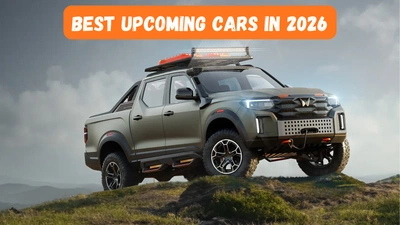Best Selling Cars In 2025
More than half a year has gone, and these are the best-selling cars up until now!
By Salil Kumar
Published August 7, 2025
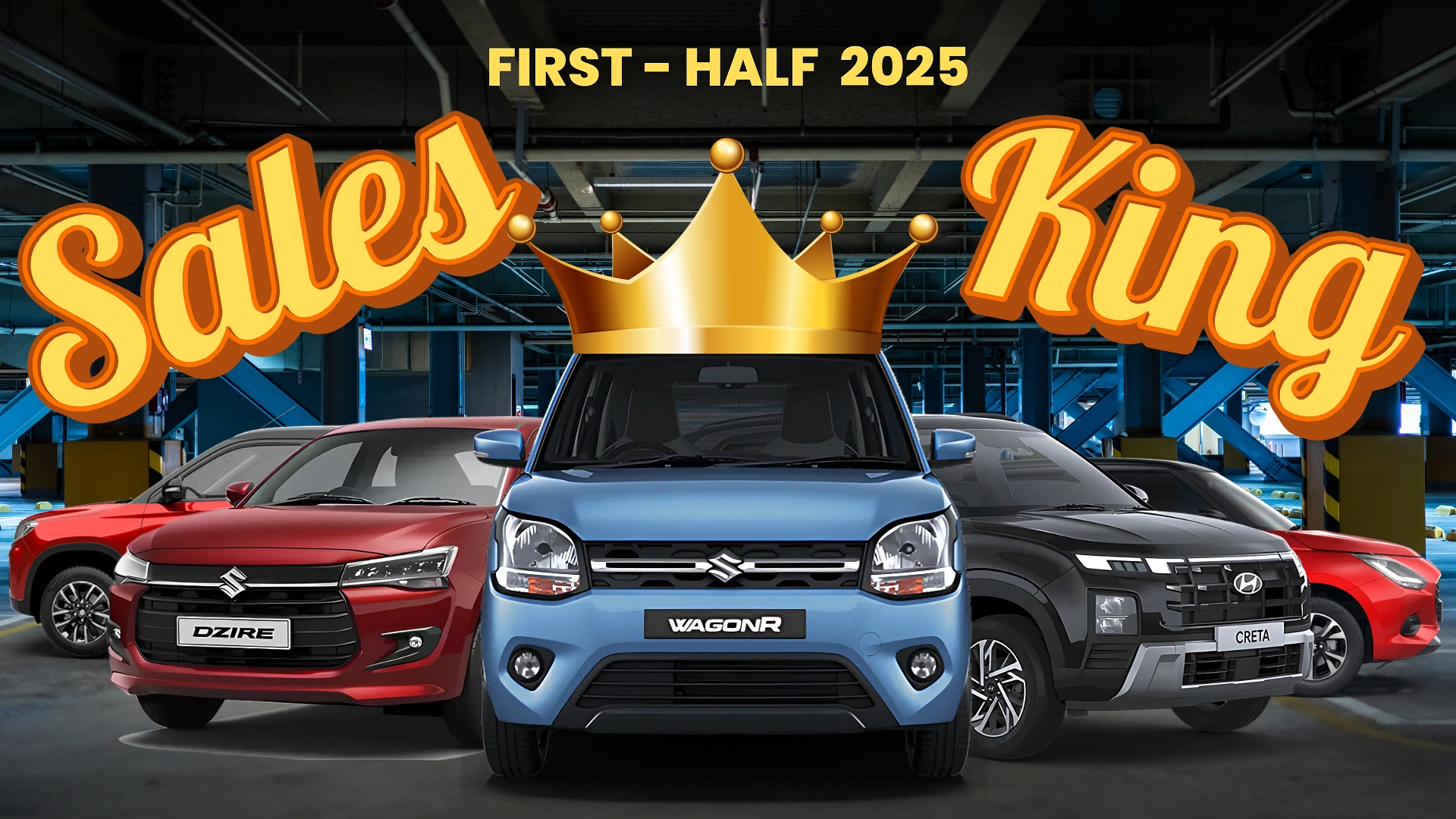
Table of Contents
- Maruti Wagon R 1,01,424 units
- Hyundai Creta 1,00,560 units
- Maruti Dzire 96,101 units
- Maruti Brezza 93,729 units
- Maruti Swift 93,098 units
- Maruti Ertiga 91,991 units
Maruti Wagon R 1,01,424 units
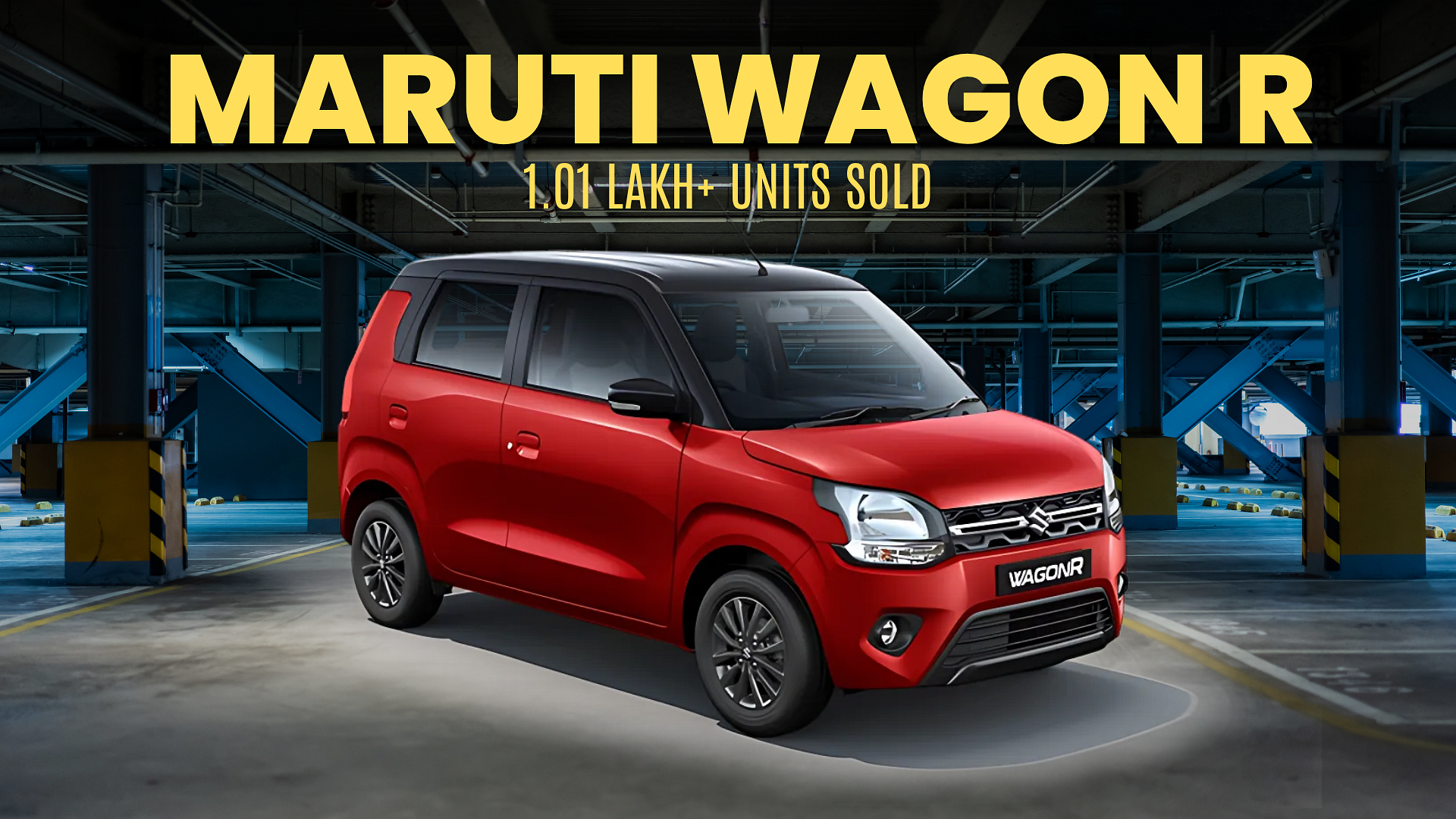
Last year, the Wagon R barely missed the top spot with around 99,000 sales; this time it sealed the deal, reaching just over 1.01 lakh units. What drives that loyalty? It begins with the way its tall-boy silhouette turns cabin space with ample headroom, flat floors, and a boot that swallows everything from school kits to weekend luggage.
Under the hood, the familiar 1.2-litre petrol hums along at a genuine 20–24 km/l in real-world city traffic, while the factory-fitted CNG variant stretches to the low 30s per kilo.
Made for the “Kitna deti hai” minded crowd, those figures translate into tangible monthly gains. Pair that with a service network that seems to sprout on every main road, and you get a car that feels less like a purchase and more like a long-term pact on peace of mind.
Hyundai Creta 1,00,560 units
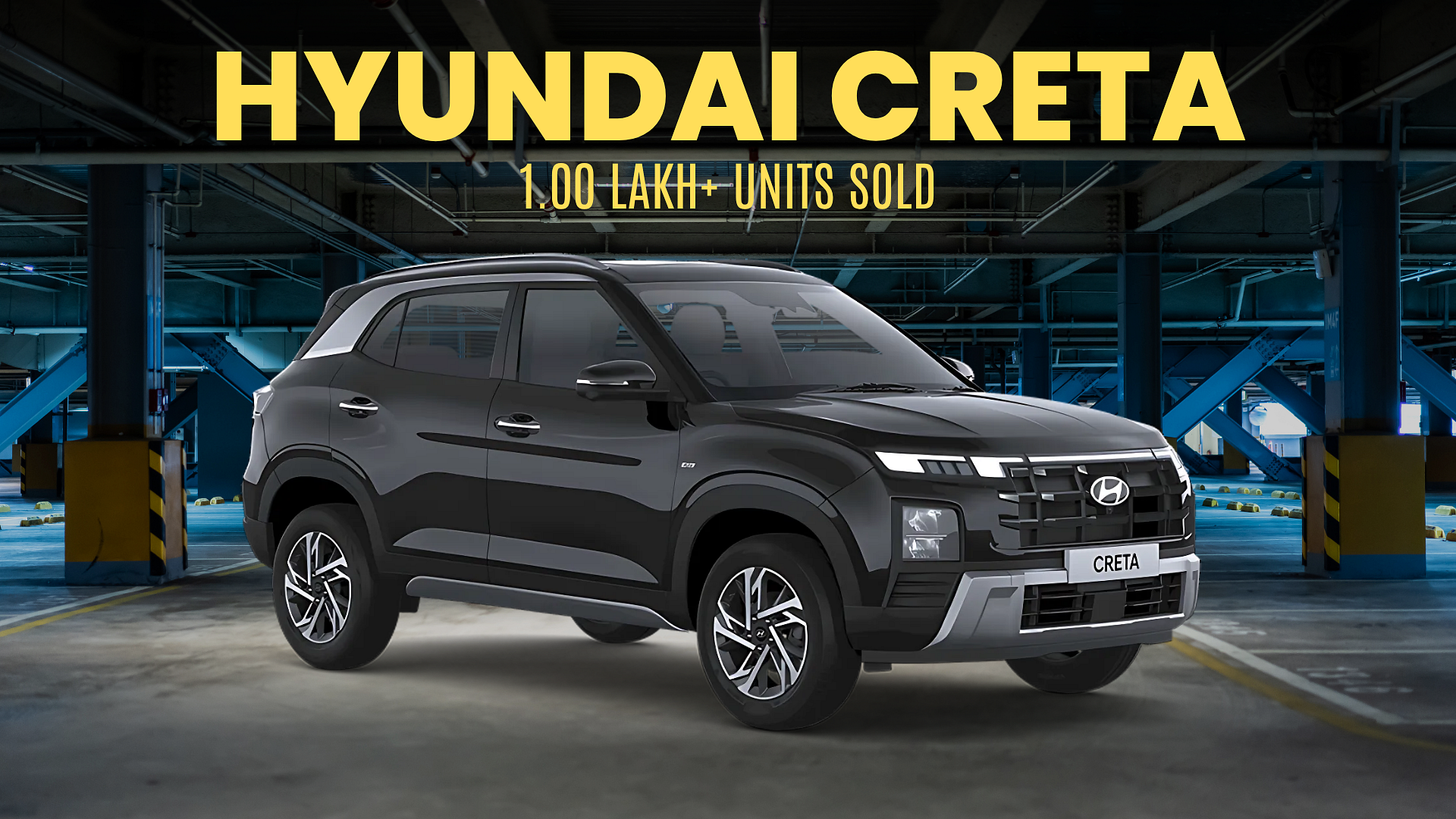
A year ago, Creta hovered around the mid-segment pack; today it’s neck-and-neck with the Wagon R despite sticker prices north of ₹11 Lakh. The reason lies in its uncanny mix of accessible premium touches like Panoramic sunroof and a superb Diesel engine. Oh and 50 plus variants help too!
Its facelift brought in a panoramic sunroof that bathes the cabin in daylight, ventilated front seats for sweltering afternoons and driver-assist tech previously reserved for ₹25 L SUVs. Three engine choices from a sprightly 1.5 L turbo-petrol to a thrifty diesel pair with manual, torque-converter or DCT transmissions, so buyers don’t feel boxed in.
Creta delivers extra polish, outright road presence and the psychological comfort of a nameplate that has become almost synonymous with the modern Indian SUV.
Maruti Dzire 96,101 units
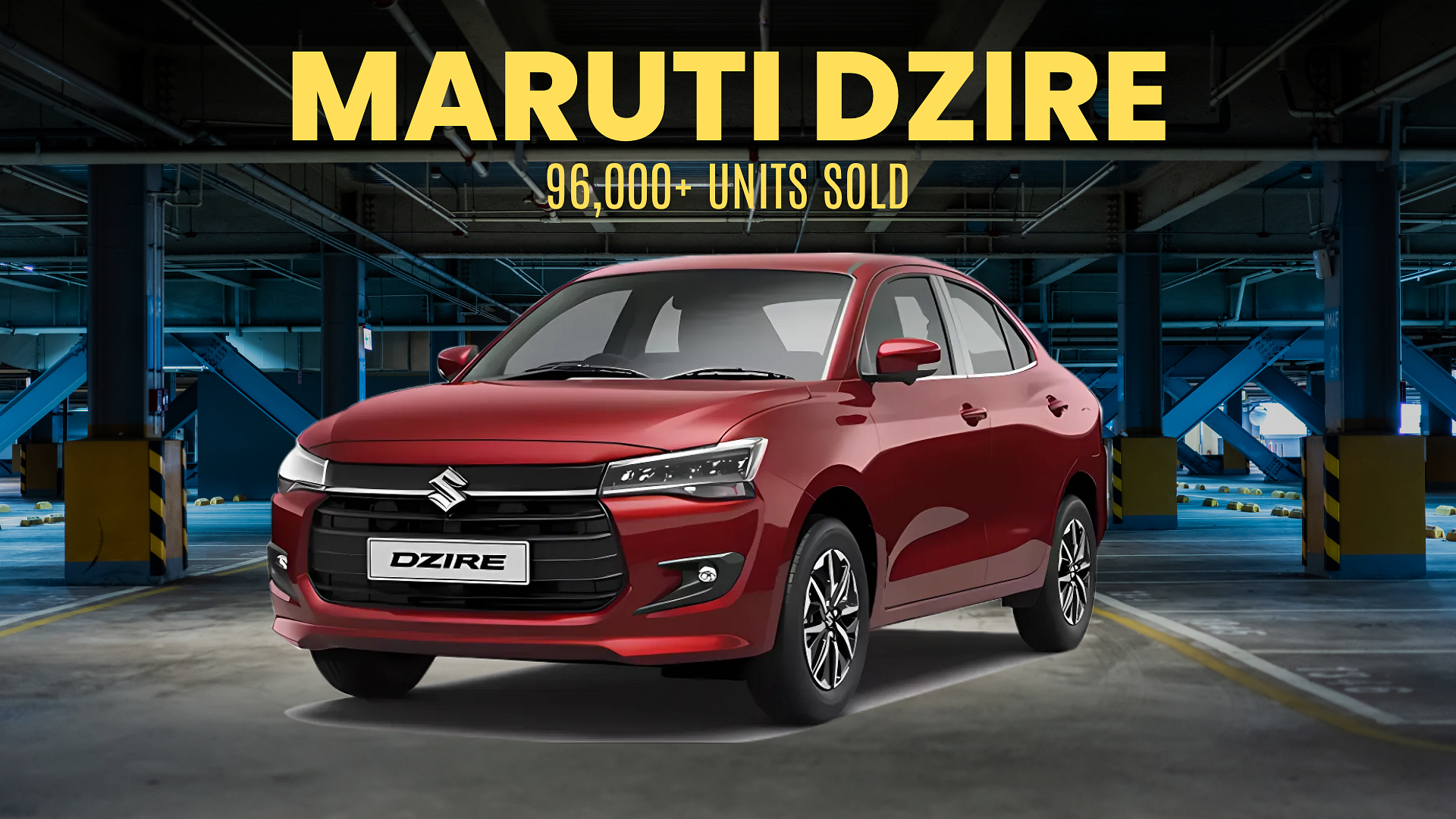
In H1 2024, the Dzire clocked about 94,000 units; this time it crept past 96,000, quietly reinforcing its place as Maruti's safest car and only sedan in existence. Its claim to fame? A 378-litre boot that blows hatchbacks out of the water, seating that treats long rides like a breeze and a 1.2 L petrol-AMT combo that delivers a consistent real-world 20–22 km/l. Fleet operators, especially in smaller towns, continue to lap it up because maintenance costs are predictable and resale values remain strong.
On the ownership ledger, you’re buying more than metal and paint, you're buying the assurance that when you hand it over for service, it comes back with exactly the same reliability you expect.
Maruti Brezza 93,729 units

Twelve months ago the Brezza was a safe pick; today it’s a smart one. Sales climbed from about 90,000 to nearly 94,000, driven by a powertrain pairing that refuses to complicate: a 1.5 L mild-hybrid petrol engine delivering around 17 km/l in mixed use, plus an optional CNG that nudges efficiency into the mid-20s per kilo.
It lacks turbo drama, but its everyday performance is more predictable with no sudden maintenance shocks or finicky electronics.
That dependability, combined with a roomy cabin for five adults and the ease of Maruti’s deep service network, makes Brezza the go-to for buyers who judge success by the number of workshop visits they don’t need to make.
Maruti Swift 93,098 units
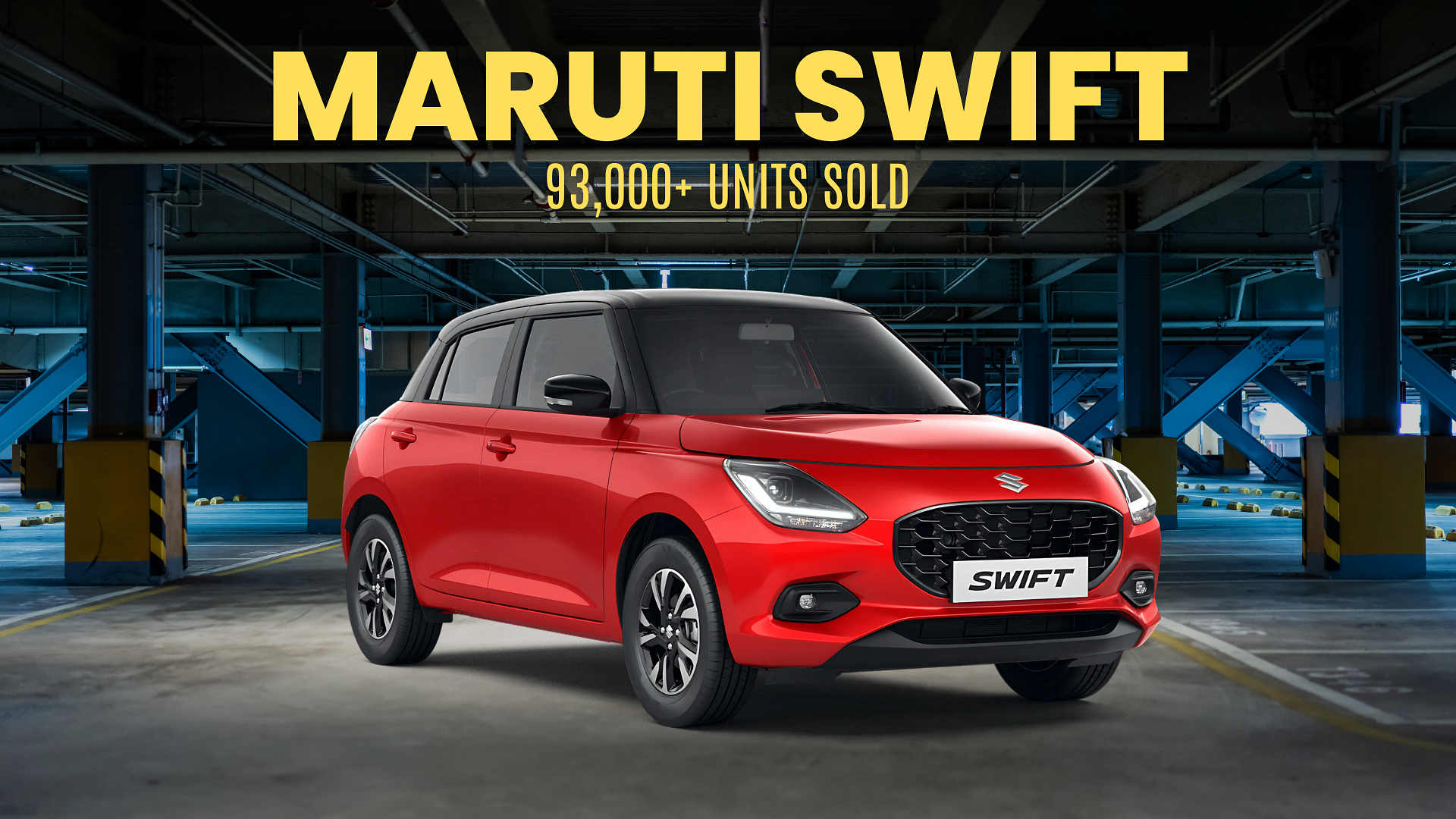
After dipping under 85,000 sales in H1 2024, the Swift rebounded spectacularly to over 93,000 this time, reminding buyers that fun and efficiency can marry beautifully. The secret is its new Z-Series 1.2 L engine, which gives it a sharper mid-range kick without trashing fuel economy real-world figures hover between 20–22 km/l. It does lack 4 cylinder refinement but the revised torque curve seems to be more suitable for city only driving, which the new Swift excels at.
Inside, a nine-inch touchscreen, wireless connectivity and extra airbags lend a modern gloss to its nimble chassis. Young professionals and empty nesters alike find that the Swift’s light steering and agile handling inject a little joy into daily commutes.
Maruti Ertiga 91,991 units
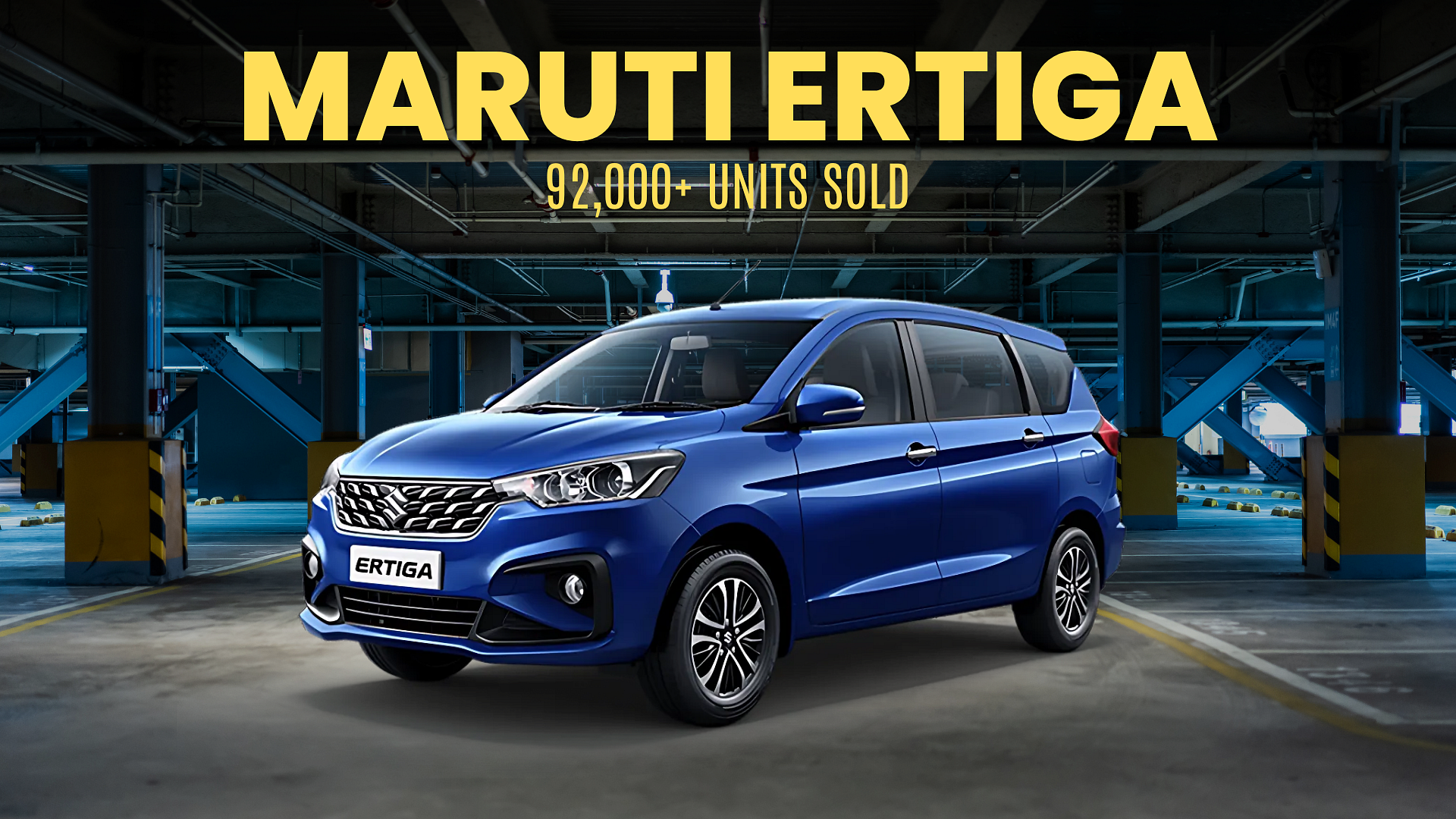
Despite no discounts at all the Ertiga sales edged up from 88,000 last year to nearly 92,000 in H1 2025, a testament to its nearly unrivalled seven-seat versatility under ₹10 Lakh on-road.
Its 1.5 L mild-hybrid petrol returns roughly 16 km/l in urban loops; the CNG variant nudges real-world figures into the mid-20s.
What clinches the deal is high demand among fleet operators and a lot of seating options.
Maruti Fronx 88,066 units
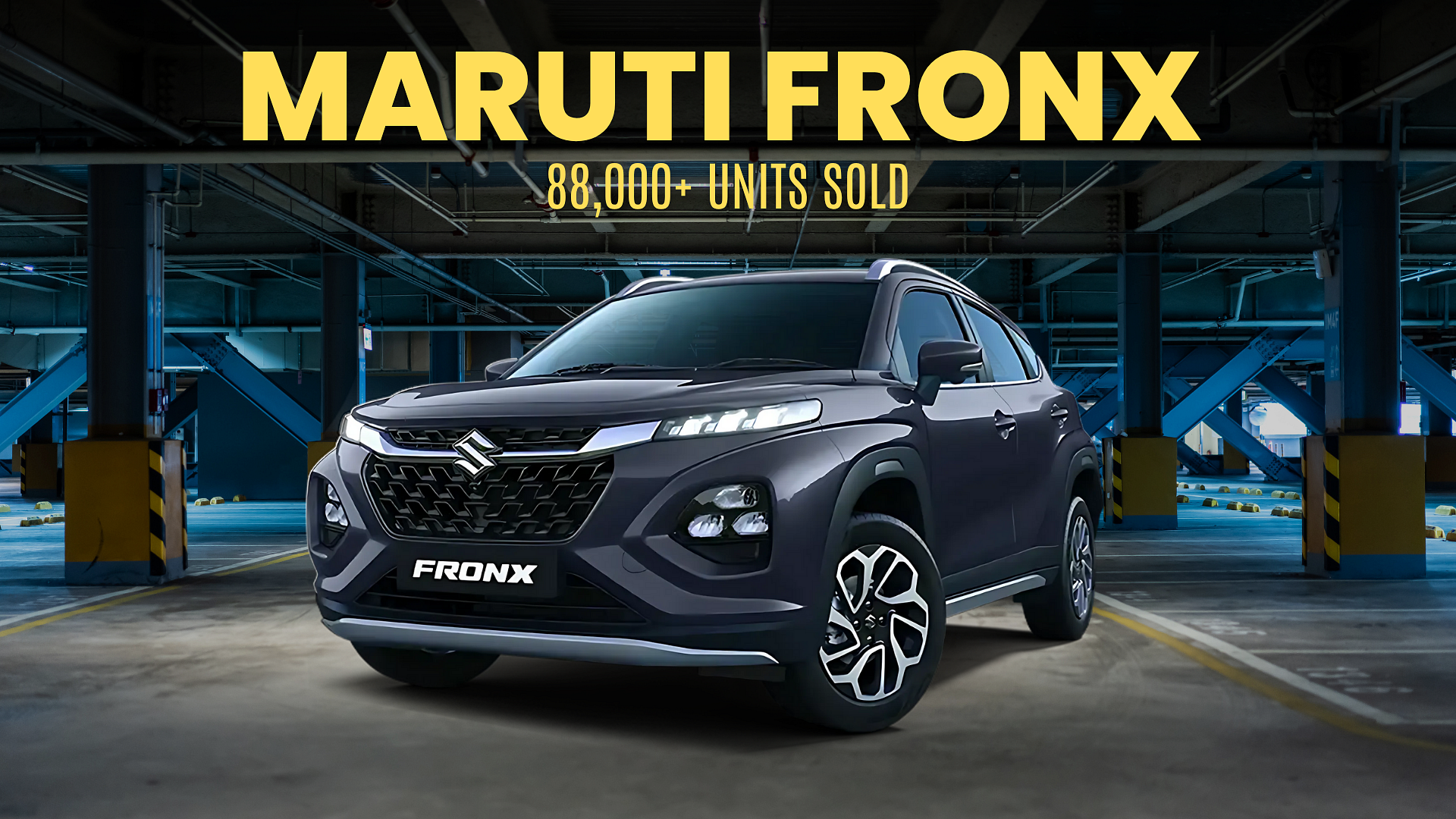
Barely on the map last year, the Fronx rocketed to 88,000-plus sales by half-year, redefining what buyers expect from a ₹6–8 L crossover. Its sloping roofline and dual-tone paint bring coupe flair, while the 1.0 L Booster jet turbo 100 PS/150 Nm gives it acceleration that outpaces most hatchbacks.
Premium features like a head-up display and 360° camera make parking a breeze, and a Nexa showroom experience adds a touch of exclusivity. By fusing hatchback agility, SUV styling and a turbo punch, the Fronx delivered a fresh proposition that 14 percent more buyers couldn’t resist.
Tata Nexon 87,267 units
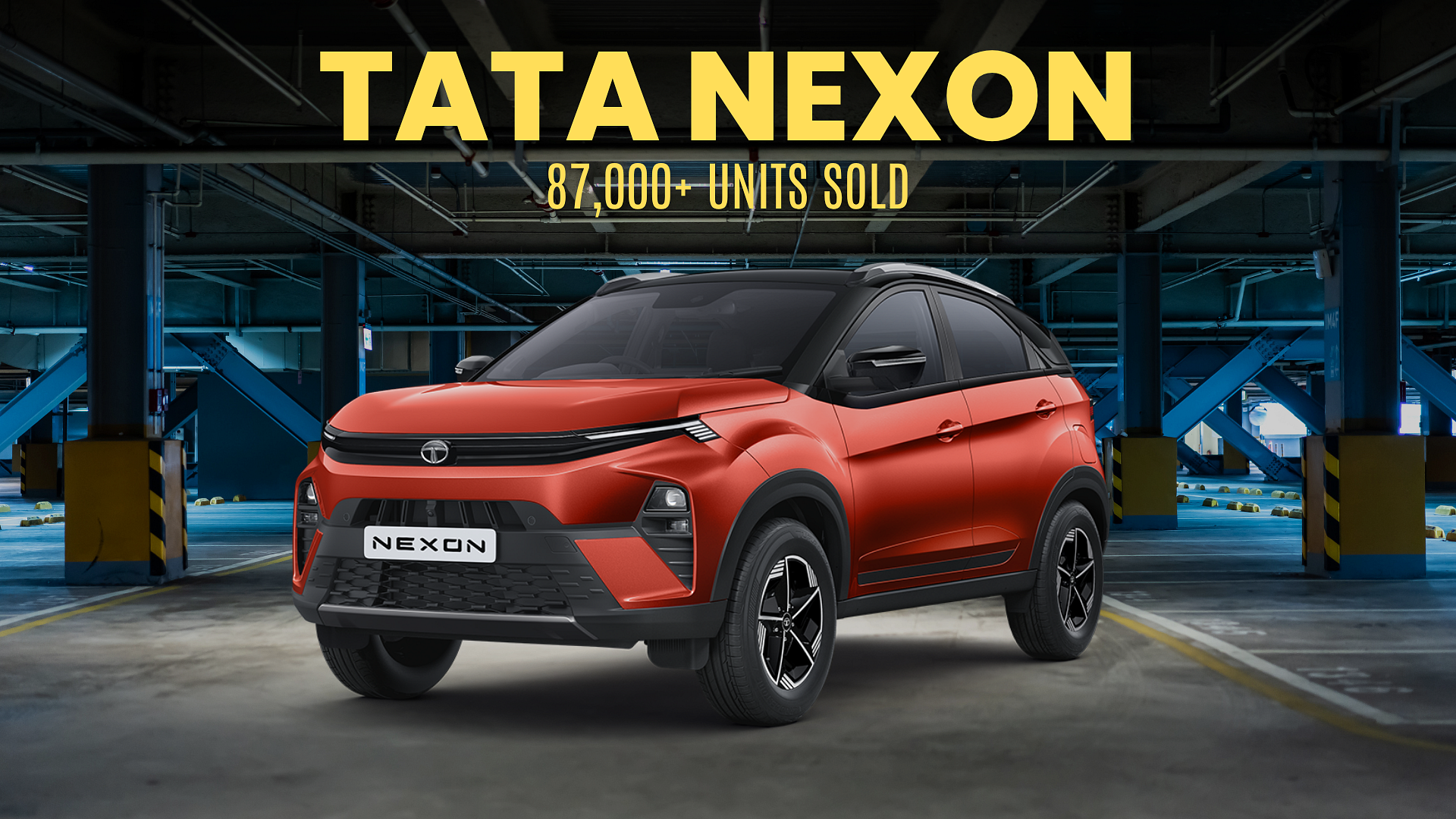
Nexon sales climbed from about 80,000 in H1 2024 to over 87,000 this half, despite fierce competition. Buyers credit Tata’s five-star safety rating, EV variant and a cabin that now features a 12.3-inch touchscreen and drive modes for Eco, City or Sport. T
This breadth of choice from petrol and diesel to ingenious dual cylinder CNG and electric lets each family tailor the same body shape to their priorities, whether it’s range anxiety, performance or low running costs.
That adaptability, married to bold styling and a budget-friendly price tag, explains why the Nexon remains a top contender even as its segment fragments.
Mahindra Scorpio-N 85,648 units
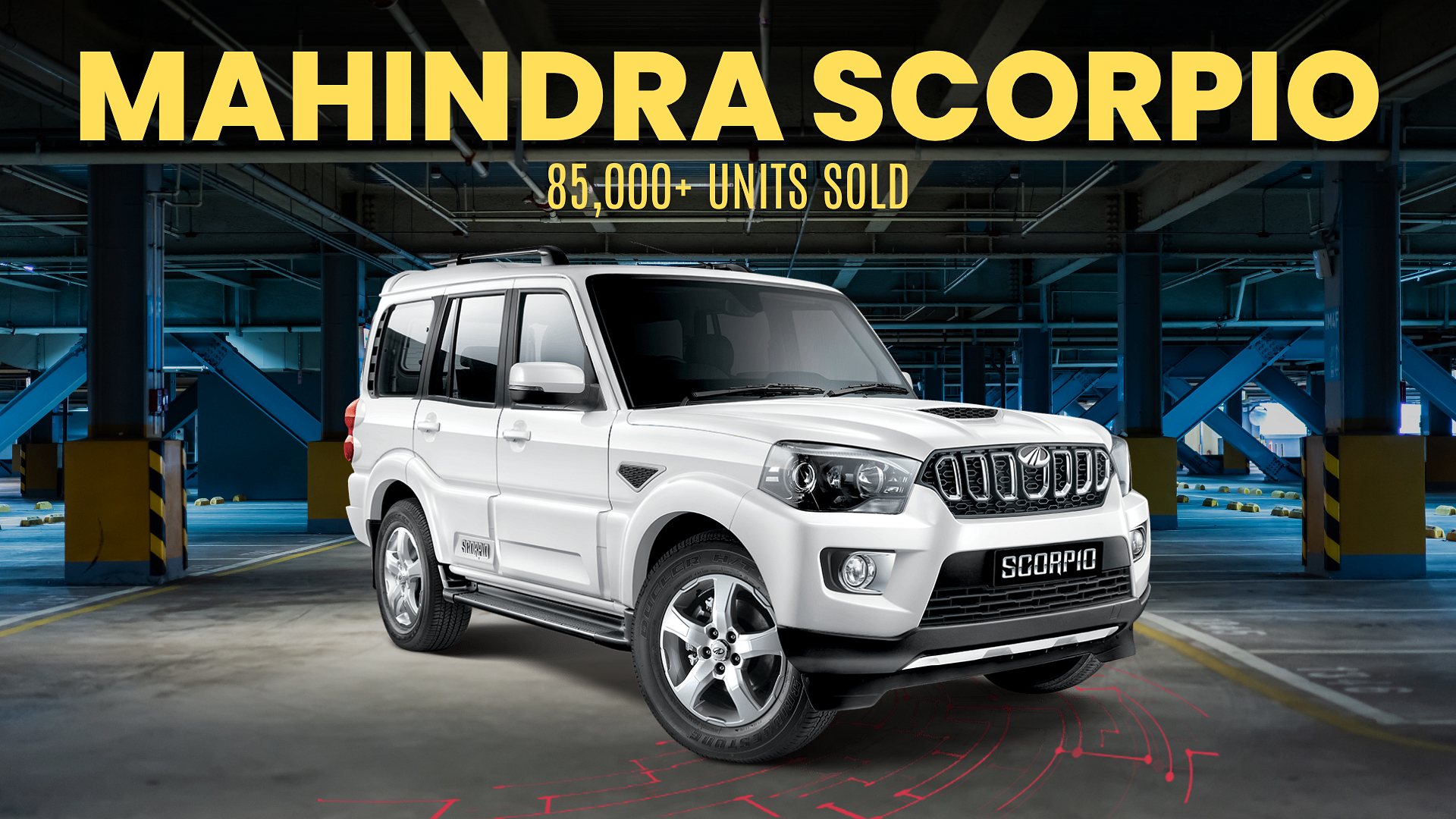
Scorpio-N held steady at around 85,600 sales, virtually matching its 2024 tally, by double-downing on its core strength: rugged ladder-frame construction with optional 4×4.
It may lack the city-slicker image of monocoque crossovers, but buyers in smaller towns and weekend adventurers value its torque-rich diesel, commanding seating posture and newfound amenities like Level-2 ADAS. Scorpio-N’s flat performance shows that there’s still a solid market for an uncompromising, go-anywhere SUV, even as trends shift toward dime a dozen monocoques.
Tata Punch 84,579 units
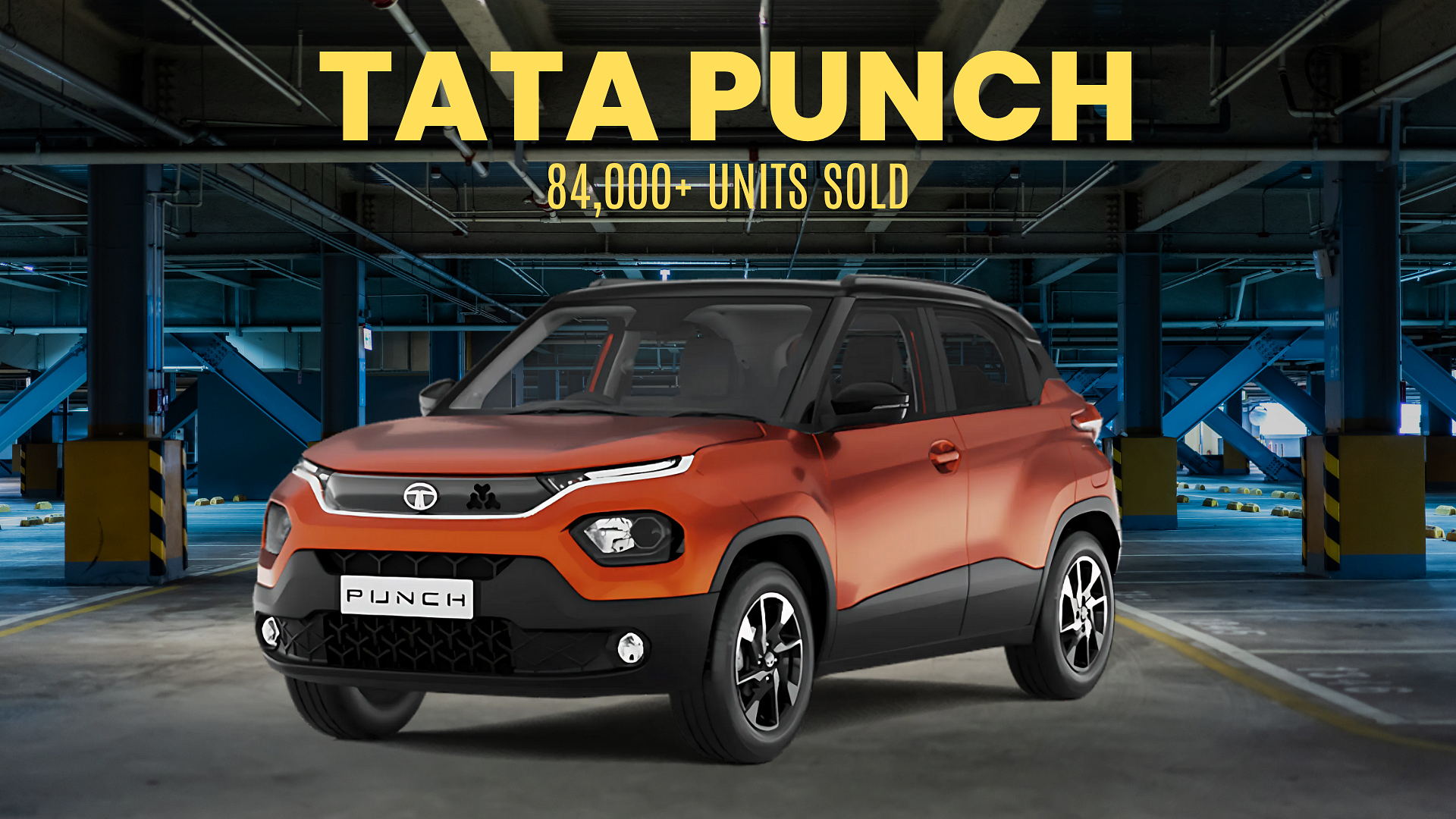
Punch’s sales plunged from roughly 110,000 in H1 2024 to 84,600 now, a stark 23 percent drop that underlines the danger of coasting on past success. Its 1.2 L petrol remains a reliable performer at around 20 km/l, and its compact dimensions excel in city traffic.
Yet rivals have raised the bar with turbo engines, heads-up displays and driver-assist features that Punch lacks. Its steep decline despite 5 star safety rating teaches a clear lesson: in today’s market, affordability alone no longer secures loyalty after sales support and service is also something that carmakers need to take seriously.
Write a comment
Comments
No comments yet. Be the first to comment!
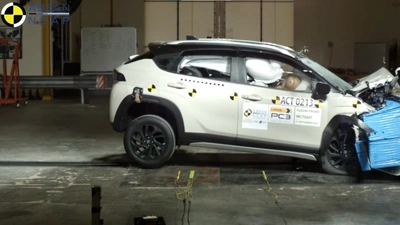

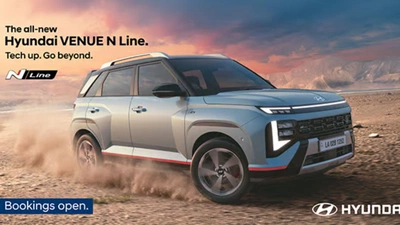
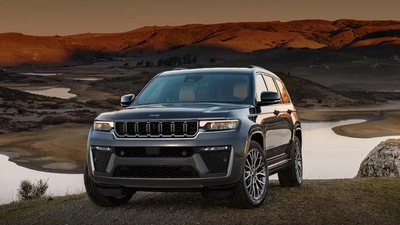


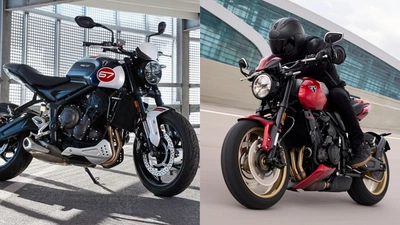

![What To Expect From Upcoming Tata Sierra[Updated]](https://cdn.carhp.in/news/703fb1ae-a068-4cfb-9cc3-9b056786be87.png?format=webp&width=400&q=100)
